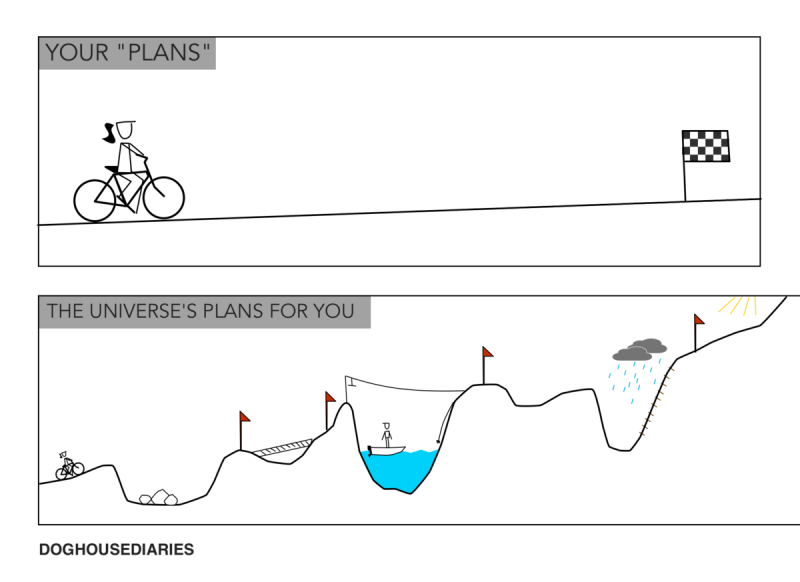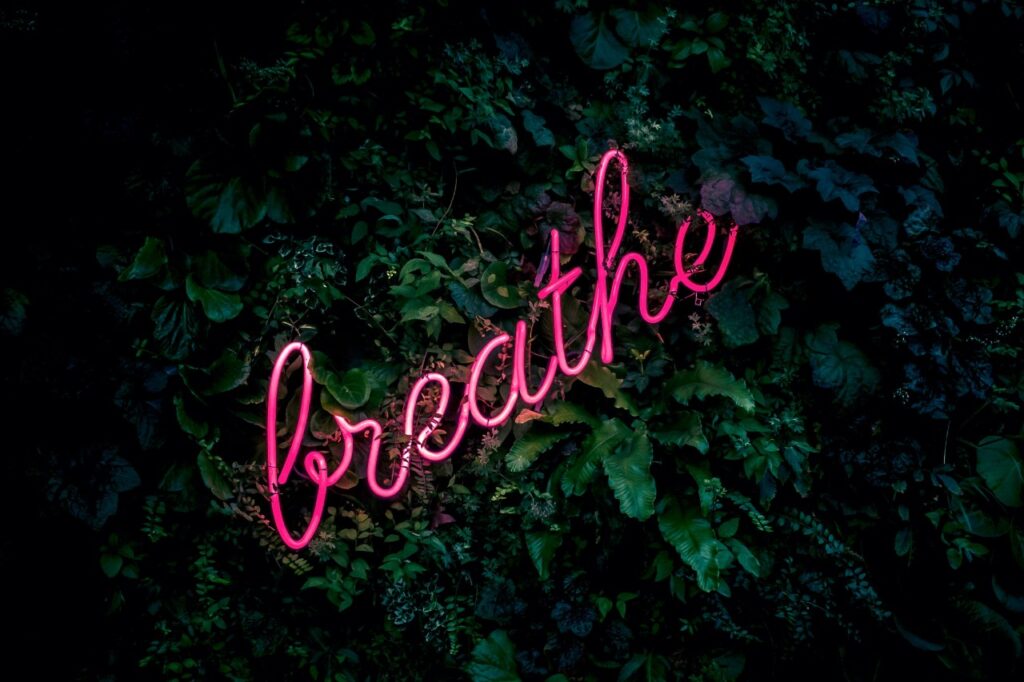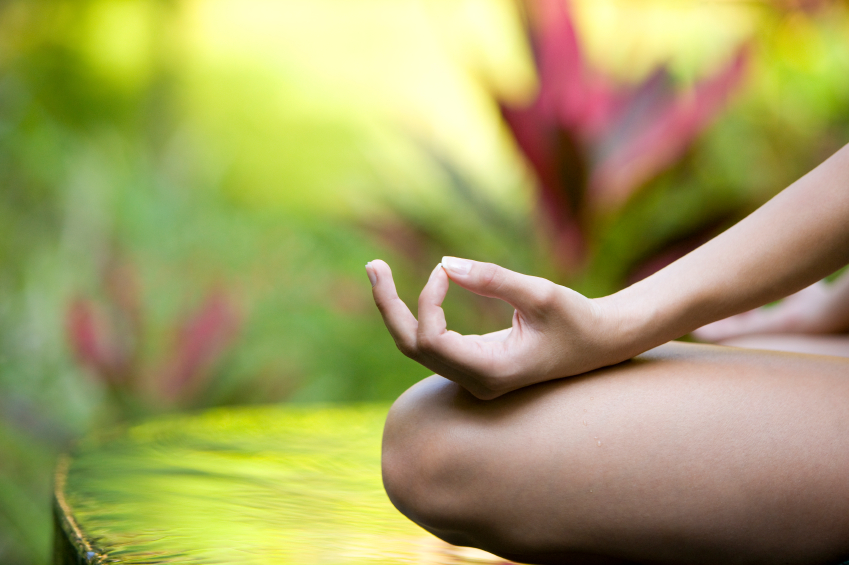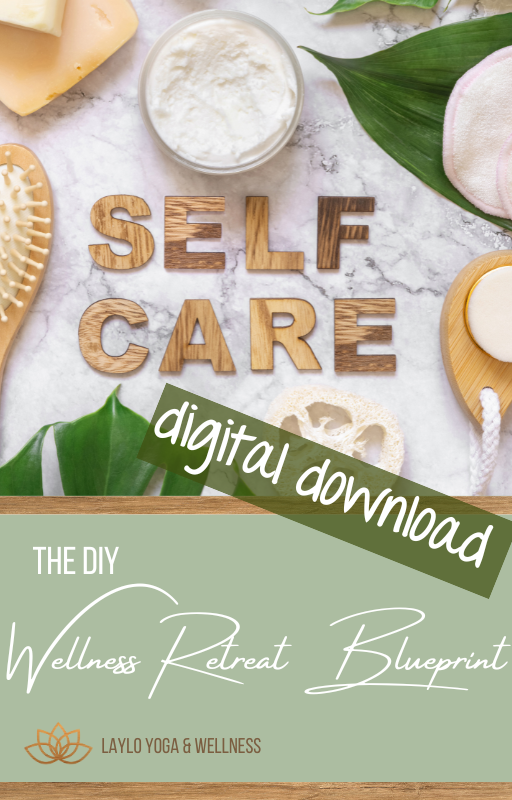
I promise I am not opposed to headstands. BUT, hear me out on this. As a yoga teacher, I don’t practice headstands. Or legs behind the head pose. Or scorpion pose. Any posture that requires advanced flexibility is not for me and I don’t teach them in my classes or on my retreats.
And that’s okay.
No. Really.
I believe yoga is for everyone.
That means each person can take it where they want to go. You may wish to continuously increase your flexibility and mobility. You may want to practice in advanced movement. I am happy to refer any of my students who are interested in those things to the right teachers for them.
There are so many facets to yoga, and so many ways you can approach it.
There is a lot of controversy around this philosophy. Many yoga teachers are yoga purists who feel that the practice is part of an overall spiritual journey. They aren’t too happy about yoga being a physical practice for some people. Or a social and community bonding experience. Or basically anything other than a full spiritual experience.
If your approach focuses on the physicality of advanced movement – go for it! Conversely, if you are seeking a spiritual path and yoga is part of that; awesome! If you aren’t quite sure what your approach is, find out by taking this quick quiz.
I want to participate in and create a different experience.
For me, yoga is about enhancing your life. Yes, creating the flexibility and mobility needed to continue to do things you want to do in your everyday life. Headstands, not so much a part of daily life.
I love the physicality of yoga! The strength I feel when I practice, the challenge of movement. In addition, I am really drawn to the mind/body connection it creates.
Look, if you read the series My Journey to Yoga Retreat Specialist, you also know that my entire career has been in the fitness industry. So it is natural for me to find focus in the physical action of yoga.
Fitness, for me, also created a strong mind/body connection. A hard ride in a cycle class really let me blow off some steam! The intricate movements and high cardio output of a good old-fashioned step class helped me appreciate how my body moves through space. And boxing? Please – talk about building a feeling of mental and physical strength!
Yoga takes that mind/body connection to the next level.
Literally.
Fitness is the broad strokes: blowing off steam, building spatial awareness, and increasing mental strength.
Yoga gets down to the cellular level. Connecting your brain to your breath so you can self-regulate your nervous system. Speeding up the messages from your foot to your brain so you can maintain balance. Finding awareness of your thoughts and learning to allow them to pass on by.
This is the juicy stuff people!
Focus on making your life better.
Just to reiterate, I think advanced poses are pretty cool. Many would argue that those postures really do enhance your life – greater control, overcoming your body’s objections, and some pretty impressive flexibility/mobility. I don’t doubt it.
My personal mission, though, is to meet people where they are.
My tribe are people in the midst of juggling kids, careers, aging parents, and their own aging bodies. The crowd that resonates with my style wants to slow down, master, and enjoy each posture. They want to leave their practice feeling calmer, stronger, and accomplished.
Life is pretty crazy for a lot of us. Our schedules are packed, our laptops are always on, and we have instant knowledge, connectivity, and comparison in our purses, buzzing for attention all day long.
Personally, I don’t want to add legs behind my head to my to do list.
Calm, peace, and improved sleep and mental health mean more to me.
Studies show that participants who practiced yoga three times a week for eight weeks reported significant reductions in depression, anxiety, and neurotic symptoms, as well as mood improvements at the end of each class.
Yes, please!
Stepping into an advanced class might be a turn-off.
Part of meeting people where they are, for me, is making classes accessible. If you have never taken a yoga class before, you will be able to get through mine! I teach every class as if there is a brand-new participant in the room. I teach to them.
Those that have been practicing for a while, are able to hone their skills and dig in a little deeper with each practice.
If you have mastered advanced movement? You can still benefit from reviewing some of the more basic postures AND you will have the opportunity to level up to where you are at with a pose at any time.
I’m not everybody’s cup of tea, but I am somebody’s double martini!
Every yoga teacher has their own style, approach, and focus. That is what makes it so incredible!
It is important that you: A) understand what YOUR approach is so you know what kind of teacher will resonate with you B) aren’t afraid to hunt around for the right fit and C) realize that your approach may broaden and/or change over time.
It’s all good!

P.S. Let’s be besties!! Follow us on Instagram, Facebook, and Pinterest, and join the LAYLO Shala to get the latest news and insider goodies 😍













